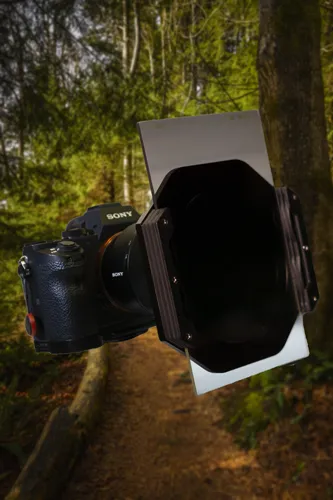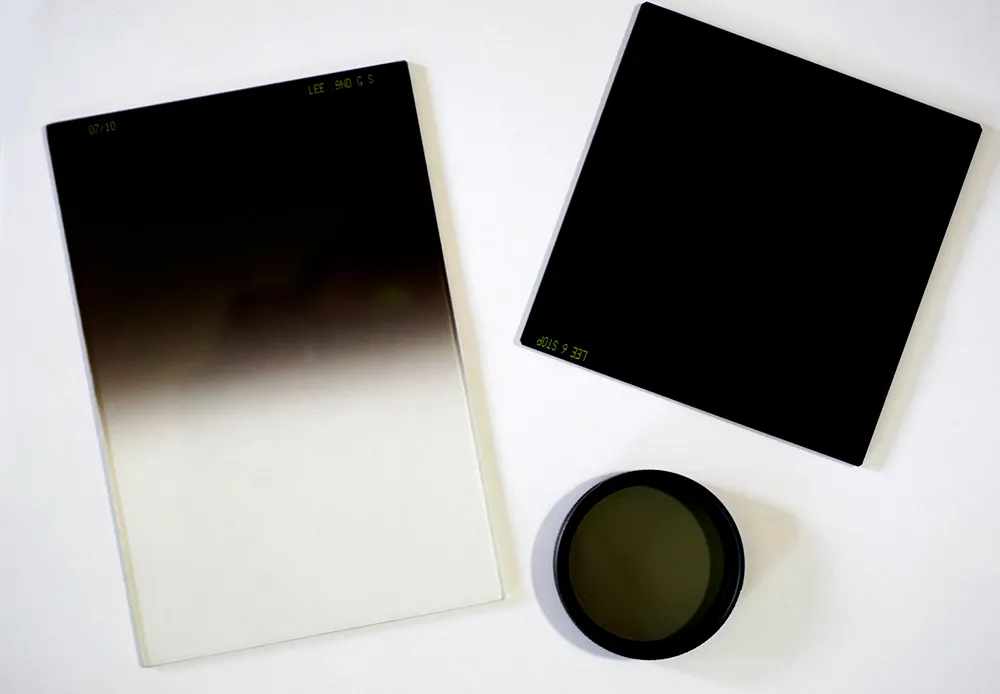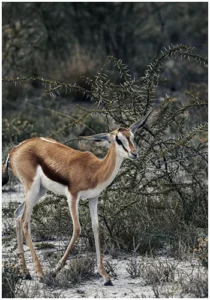
Mastering Adobe Photoshop: A Complete Beginner’s Tutorial for Photoshop Basics
Welcome to our guide to Photoshop tutorials for beginners: A Complete Beginner’s Tutorial for Learning


A neutral density filter is an optical filter. Filters can used in different applications, including photography as well as film making. A neutral density filter can be either lens-mounted or placed on the front of a camera’s sensor to reduce light intensity levels across an entire scene while maintaining image clarity.
What you may not know about these filters is that they also serve to make your images appear more natural. They correct for the effects of atmospheric and camera filters, as well as haze, fog or dust in a scene without obscuring your subject’s details.
In this article I will discuss how neutral density filters work to help you captivate your audience while making sure they can still see what is important! Please enjoy:
Filters are used to alter the way light enters a camera. A Filter is used to alter the light thus changing the photo the camera captures. Filters are also used to adjust the intensity of the light, to adjust the contrast of the photo, and to add special effects to the photo.
When selecting a filter, it is important to understand the various factors that will affect the photograph: Exposure (light), contrast (darkness vs brightness), focal length (depth of field), and subject matter (background, people, objects).
A neutral density filter, or ND filter, reduces all wavelengths of light from entering the camera. By shooting with a slower shutter speed and/or wide aperture in low-light conditions while using an ND filter, the photographer has more control over how their image looks. The denser filters are typically used when motion blur is desired for some scenes whereas lighter ones are better suited to capturing still shots under different lighting situations:
Neutral Density filters are divided into three categories. Fixed, graduated and variable.
Fixed ND filters prevent a certain amount of light. Variable ND filters give you more options. You can block a range of f-stops. You can alter the amount of light entering the camera by turning the outer element of a Variable ND. Graduated is just that, dark on the top fading out towards the bottom.
Filters can be used to produce a wide variety of effects, and the combinations are endless.
Anonymous
Fixed are available in a variety of densities to suit the photographer’s demands for the situations. A lower density filter, such as a 3-stop, allows the photographer to choose a shutter speed that is three stops slower: A denser filter, such as a 6-stop or 10-stop, allows the photographer to use slower shutter speeds for more motion blur.
Variable are basically two polarizers stacked together, one blocking a set quantity of light and the other rotated by the photographer to block incremental amounts of light from entering the camera. To achieve the desired effect, the photographer simply rotates the variable ND filter like a polarizer.
The downsides to most ND filters are unpredictable “color shift” and/or vignetting. Low-quality materials, poor manufacturing, and disregarding the infrared region of the light spectrum all contribute to colour shift, which is inherit in some higher density filters
ND filters comes is all size and strength. The higher the number, the less light passes through to the lens.
An ND2 filter, for example, lets in 50% less light than no filter, and an ND4 filter lets in half as much light again, or 25% light transmission. Each doubling of the ND factor results in a 50% reduction in light transmission, or one additional f-stop of light being prevented from entering your lens.
ND filter can ranges for ND1 to ND20, with the most common strengths, being 3, 6 and 10 stop filters.

There are a few things you need to look for when buying an ND filters. First, you need to make sure that the filters will fit your lens. Are you looking for the square drop-in type or circular screw on style. Second, make sure to get the right filter for the task at hand. Third, you need to make sure that the filter you are buying is rated for the size of the lens you are using.
Pro-Tip: Color-shift can happen when using ND filters, particularly at high strengths.
Yes, a tripod. To properly expose a photo, your camera must remain as still as possible. Hand-holding a camera for several seconds or even an hour is just not possible without some camera shake.
If you want to shoot with a really long shutter speed, you still need to have enough light hitting the sensor. A ND filter will help you get closer to your desired shutter speed, but it won’t make up for a lack of light.
Always make sure that the filter is properly aligned with the lens,
Pro-Tip: sometime when shooting with a ND6 or higher, light can enter the camera from the view-port. It’s often advisable to cover the view-port
The ND filter number is one of the most important numbers in the world of long exposure photography. It is the amount of light that is allowed to hit the sensor of the camera. The ND filter number is typically measured in stops, with one stop being the equivalent of one f/stop. The ND filter number is the minimum number of stops you should use in order to get the correct exposure.
In an ND filter, the higher the number, the less light passes through to the lens.
Each doubling of the ND factor results in a 50% reduction in light transmission, or one more f-stop of light being prevented from entering your lens.
Depends on what style of photography or trying to shoot. If your aim is to photography landscapes. A one, two or three stop graduated neutral density filter would work best. It allows you to even out the exposure between the sky and the ground. If you’re thinking of photographing waterfalls, or cloud-scapes. Try a 6 or a 10-stop neutral density filter.
When using a 6 or 10-stop Neutral Density Filter, it’s difficult to know how long of a shutter speed you require. This is where a Neutral Density Calculator helps determine the shutter speed required to achieve a desired look.
Here’s how it works: To use the Neutral Density Calculator, enter the shutter speed, and the filters density and watch the magic happen. My favourite ND calculator is free, put out by NiSi, available for Android and Apple.
I believe using Neutral Density Filters will improve your photos. That is precisely what it accomplished for me. It won’t increase your photography in the sense that your photographs will become world-class overnight, but it will give you a better grasp of how the basic settings function.
There are many different types of filters on the market, and getting the greatest quality filters is without a doubt a substantial investment. While I do advocate investing in a high-quality filtration system at some time, a low-cost solution is a great place to start. Just make sure you acquire a few filters with varying degrees of darkening so you can cover a variety of situations.
There is a reason why, landscape photographers believe filters to be an important part their gear. Few pieces of equipment have such an influence on the image.
When taking an photo with a graduated neutral density filters (GND) they are designed to allow for varying light transmission. By lowering the quantity of light that reaches the sensor in the darkened area, the graduation helps keep the exposure of the scene equal..
Yes! Is it possible to combine a CPL and an ND Filter? While ND and CPL filters complement each other well, they are frequently employed separately to address specific concerns.

Welcome to our guide to Photoshop tutorials for beginners: A Complete Beginner’s Tutorial for Learning

Creating stunning images is all about nailing the perfect colour grade. It’s what makes your

Are you a visual storyteller looking to take your work to the next level? Have you